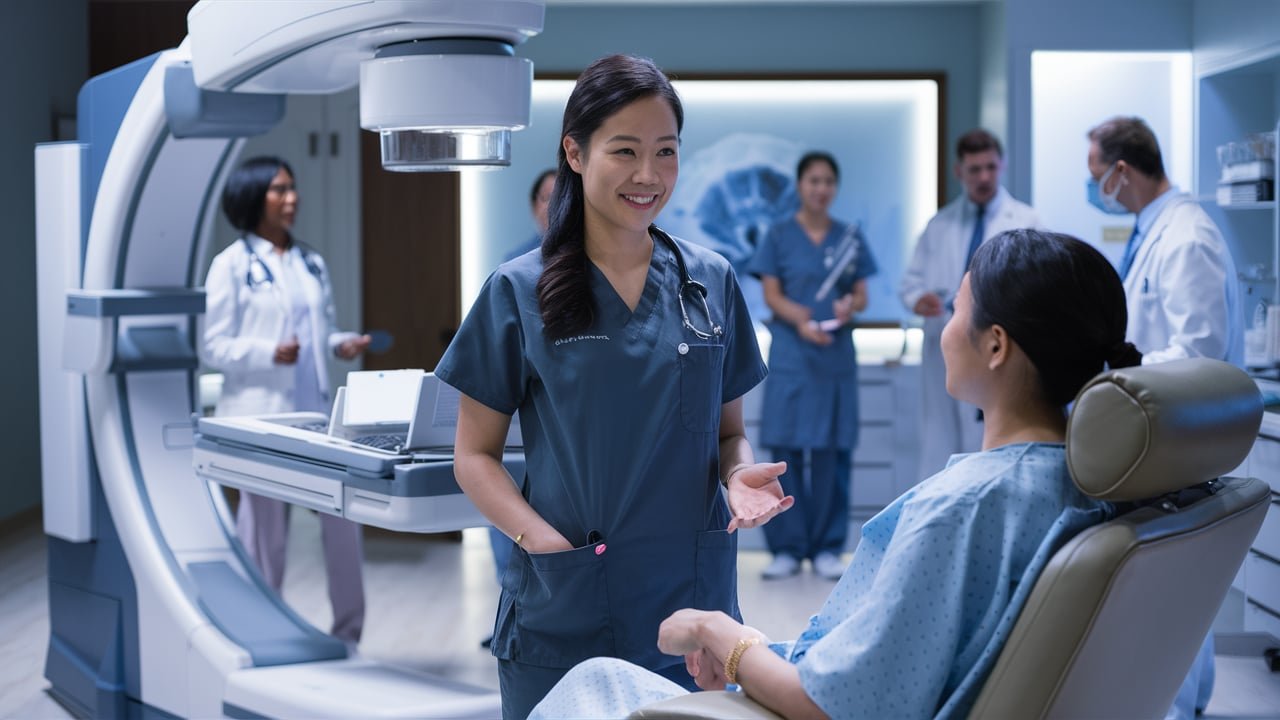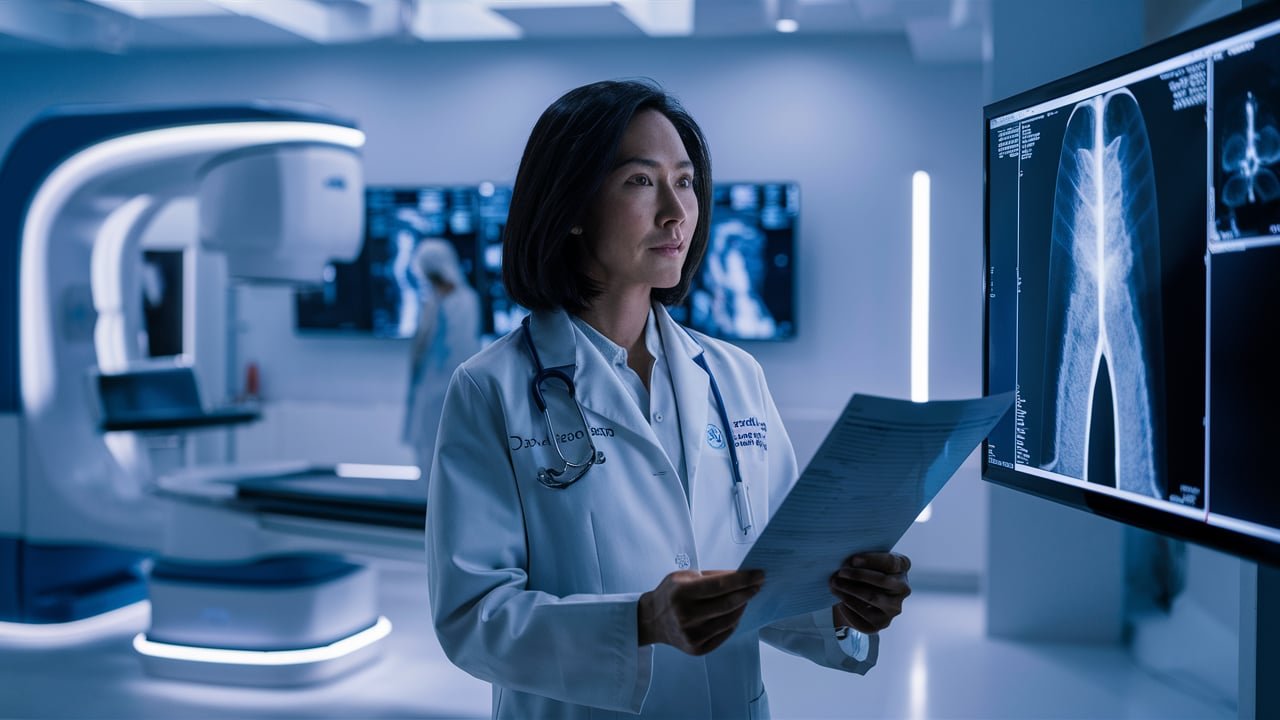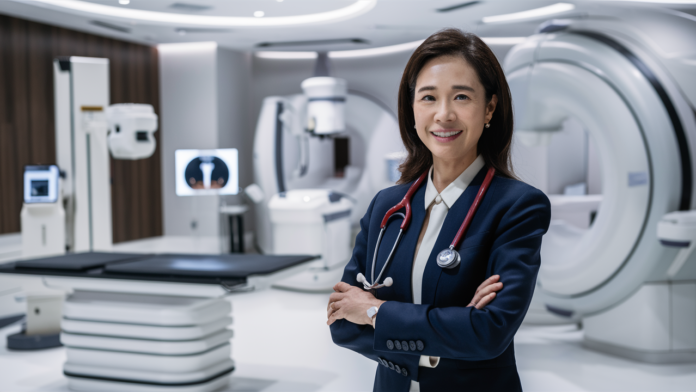Catherine Ho Radiology is a name that has recently gained attention in the field of radiology, primarily for her work in advancing medical imaging practices, improving diagnostic accuracy, and her overall contribution to patient care. Radiology, a branch of medicine that uses imaging technology to diagnose and treat diseases, has been evolving rapidly with the advent of new technologies, and Catherine Ho stands as one of the professionals who have significantly contributed to this growth.
In this article, we will explore the role of Catherine Ho in radiology, her research contributions, and the broader impact she has had in the field.
Background: The Role of Radiology in Modern Medicine
Radiology plays a crucial role in modern healthcare by allowing physicians to look inside the body without performing invasive surgery. Technologies such as X-rays, MRI scans, CT scans, ultrasound, and PET scans are all staples in diagnostic procedures. The field is rapidly evolving, with cutting-edge developments in artificial intelligence (AI), machine learning, and precision medicine that are reshaping how diagnoses are made and treatments are designed.
Radiologists are not only experts in interpreting these images but also play a key role in developing new imaging techniques, improving patient care, and ensuring that diagnoses are accurate. As technology continues to progress, radiologists like Catherine Ho are at the forefront of ensuring these innovations translate into better healthcare outcomes.
Catherine Ho’s Career in Radiology
Catherine Ho is known for her expertise and commitment to advancing radiological practice. Though not as widely known as some other radiologists in the public sphere, her work has significantly influenced several areas of medical imaging.
Her background includes extensive education in both clinical practice and research, enabling her to be a well-rounded professional in the radiology community. As a radiologist, Ho has worked in various healthcare settings, leveraging state-of-the-art imaging technologies to enhance diagnostic and treatment methodologies.
Contributions to Medical Imaging

One of Catherine Ho’s notable contributions to the field of radiology is her involvement in research related to imaging techniques and the implementation of AI and machine learning to improve image analysis. These advancements are particularly valuable in detecting early signs of diseases like cancer, cardiovascular issues, and neurological disorders.
1. Enhancing Diagnostic Accuracy
In radiology, accuracy is paramount. Even the smallest error in interpreting an image can lead to misdiagnosis, affecting patient outcomes. Catherine Ho has been involved in research that helps refine radiological techniques to ensure that diagnoses are as accurate as possible.
For example, her work on enhancing MRI imaging, particularly in neuroimaging, has helped radiologists identify and track conditions like Alzheimer’s disease and multiple sclerosis more effectively. With her contributions, medical imaging can now provide clearer, more detailed images, helping clinicians make better decisions.
2. Artificial Intelligence in Radiology
One of the most exciting advancements in radiology is the integration of artificial intelligence. AI has the potential to analyze medical images faster than human radiologists, identify subtle patterns that may be missed by the human eye, and even predict patient outcomes based on imaging data. Catherine Ho has been involved in research to explore how AI can be used to assist radiologists in their work, improving both the speed and accuracy of diagnoses.
AI tools are especially valuable in cases where radiologists have to sift through large volumes of images, such as in cancer screenings, where early detection can dramatically improve patient prognosis. Ho’s work in this area ensures that the application of AI is both practical and effective in real-world clinical settings.
3. Patient-Centered Radiology
In addition to her work on technical advancements, Catherine Ho is also passionate about improving the patient experience. Radiology can sometimes be intimidating or uncomfortable for patients, especially when they are required to undergo procedures like CT scans or MRIs. Ho’s research and work in patient-centered care aim to minimize the discomfort and anxiety associated with medical imaging procedures.
By advocating for more comfortable equipment designs, better communication with patients, and innovations that reduce the need for invasive imaging techniques, Ho’s work ensures that radiology continues to evolve with a focus on holistic patient care.
Impact on Radiology Training and Education

Catherine Ho is also an educator, working to ensure that the next generation of radiologists is well-equipped to handle the challenges posed by new technologies and practices in the field. She has contributed to several programs focused on radiology education, aiming to train medical professionals who are both highly skilled in diagnostic imaging and adept at integrating new technologies into their practice.
Her educational initiatives often focus on ensuring that young radiologists are comfortable with the latest imaging techniques, understand the potential and limitations of AI, and know how to communicate effectively with patients and other healthcare professionals.
Future Directions in Radiology
Looking ahead, the field of radiology will continue to be shaped by professionals like Catherine Ho. As AI, machine learning, and other digital tools become more integrated into medical practices, there will be even greater opportunities for radiologists to enhance the speed, accuracy, and effectiveness of medical imaging. Radiology will likely become more personalized, with imaging techniques that are tailored to each patient’s specific needs and genetic makeup.
Moreover, as healthcare systems around the world continue to evolve, there will be a greater emphasis on collaboration between radiologists and other healthcare professionals, ensuring a more comprehensive approach to patient care. Ho’s work will undoubtedly continue to influence these developments.
Conclusion
Catherine Ho’s contributions to the field of radiology are significant and multifaceted, ranging from advancements in imaging technology and the use of AI to improvements in patient-centered care and radiology education. As the field of radiology continues to evolve, professionals like Ho will remain instrumental in shaping its future.
Her work underscores the importance of radiology in modern medicine, not only as a diagnostic tool but as a cornerstone in providing the highest quality care for patients. Through her efforts, the field of radiology will continue to progress, ensuring that medical imaging remains at the forefront of healthcare innovation.


